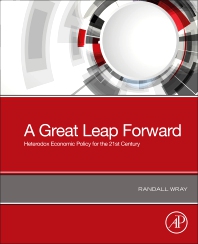
Publications
Wage and Profit-led Growth
The Limits to Neo-Kaleckian Models and a Kaldorian Proposal
We argue that a fundamental difference between Post-Keynesian approaches to economic growth lies in their treatment of investment. Kaleckian-Robinsonian models postulate an investment function dependent on the accelerator and profitability. Some of these models rely on the importance of profitability, captured by the profit share, to make the case for profit-led growth. For their part, Kaldorian models place the emphasis on the accelerator. More important, investment is a derived demand; that is, it is ruled by the adjustment of capacity to exogenous demand, which, in turn, determines the normal level of capacity utilization.
In our view, the Kaldorian approach is better equipped to deal with some of the issues relating income distribution to accumulation with effective demand in the long run. We develop a Kaldorian open-economy model to examine the conditions under which an increase in real wages can produce profit or wage-led growth, showing that the limit to a wage-led expansion is a binding external constraint. The role and limitations of wages as a determinant of growth are further examined through spectral techniques and cycle analysis for a subset of developed economies. The evidence indicates that real wages are positively related to growth, investment, and capacity utilization. It also highlights the role of finance in sustaining expansions, suggesting that debt-led growth should not be identified with profit-led growth.

